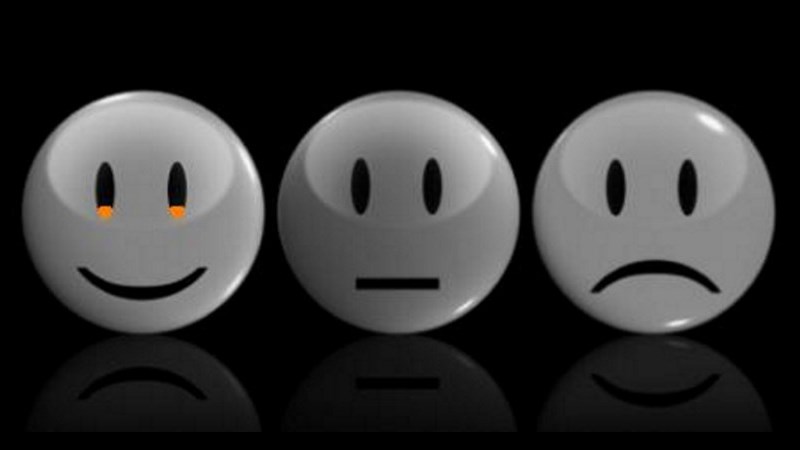I came across this video just the other day and I just had to share it with you. I think it fairly and squarely hits the nail on the head.
What this guy is saying is absolutely true. Unfortunately, I too have come across this on many occasions, with some organisations still applying “Tayloristic” scientific management principles to the operations of a business; and attempting to pass it off as “Customer Experience”.
The Problem with Customer Experience
At all of the networking events and exhibitions for the call centre industry, for example, I hear talk about Customer Experience Management; however in the vast majority of instances, it is just IT companies simply attempting to sell in some kind of magical solution that will somehow, overnight, solve all of their client’s woes. The reality is usually as far from that as you can get.
Despite there being many millions of pounds spent each year on CRM systems, Predictive Diallers & IVR technology; for many consumers, the Customer Experience is sadly just as bad as it ever was!
I’m not suggesting that, if used properly, IT solutions cannot help create a good customer experience – First Direct Bank is a case in point as to how technology can be used properly to help create a great customer experience . It is, however, the word “help” that is key here.
In many cases, a new system or process is seen as the solution rather than a means to an end. A system should, of course, never be seen as more than just a tool to help create a customer experience. It is not the tool itself, but how it is used that determines exactly how good an experience is achieved.
The main problem with Customer Experience is that most people who claim to work in this area forget the starting point, which, of course, should be the customer. Customer Experience, put in the most simple of terms, is about seeing things from the customer’s perspective; and then trying to make changes to the way that you do business in order that you can both improve the customer’s experience and maximise the business’ profitability.
If it is a new system that helps you to change the way you do business for the positive to both meet the customer’s expectations and improve your profitability, then the tool is being utilised properly. However, in many (if not most) instances, they are not.
Rather than an organisation putting their hand in their pocket to fork out on an expensive IT solution, maybe they should just spend a little time walking in the shoes of their customer…

